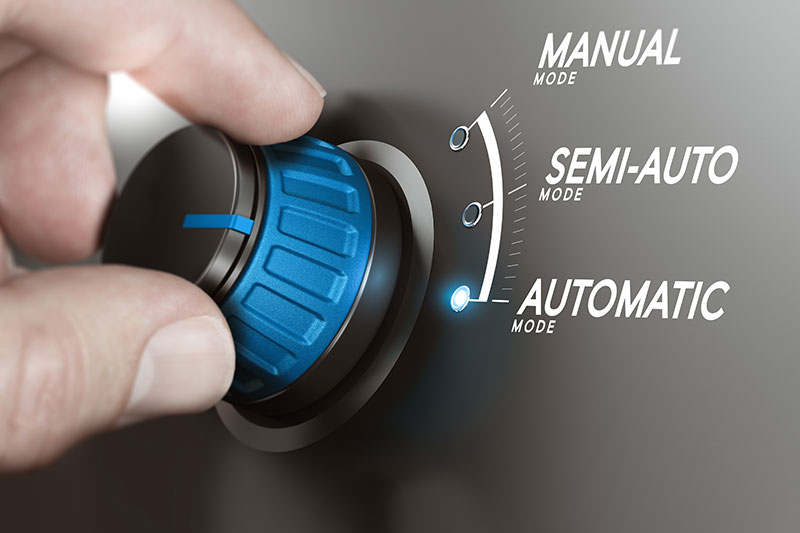5 MinsJuly 22, 2020
Driving a vehicle requires your complete attention. You need to maintain a certain speed to ensure that you neither ram into those in front of you nor slow down those behind you. But you can also automate this using the cruise control feature.
Once you set a particular speed, the cruise control system takes over and maintains the speed on its own without any outside intervention.
Similarly, setting your air-conditioner to auto setting ensures that the temperature changes automatically depending on the ambient temperature. You don’t have to worry about reducing your air-conditioner’s temperature once your room
cools down and can enjoy uninterrupted sleep.
Thanks to technology, it is also possible to automate investing to direct the required funds for your various goals. To help you start, here are some ideas you can consider.

Recurring Deposits (RD)
If you can, put aside a certain amount every month from your paycheck without feeling a pinch, one of the most flexible ways of doing that is with a recurring deposit or an RD. You can deposit a fixed sum every month in an RD and earn interest
from it. Depending on your instalments and duration, the interest you can earn may vary. Axis Bank offers recurring deposits that start from a monthly instalment
amount of ₹500 and can go as high as required in multiples of ₹500. The duration can be six months or a maximum of ten years. Set up your RD online through net banking or Axis Mobile and issue standing instructions so that the instalment towards
your RD happens on a fixed date every month. This will also ensure that the payment is not delayed and you don’t have to pay a penalty.
Automated Fixed Deposits (Auto-FD)
Quite often, the money you’ve been collecting to put into a fixed deposit or some other saving instrument ends up getting spent instead. So, what if there was a way to automatically put extra money from your account into a fixed deposit?
With Auto Fixed Deposit from Axis Bank, there’s a way to do exactly that. This offering links your existing savings account to the fixed deposit. With this, ₹5000 gets transferred to your fixed deposit any time your savings account balance exceeds ₹25,000. This also offers the flexibility of choosing between a short-term Fixed Deposit like six months or going for long term savings for up
to five years. The deposits become completely automated without requiring any intervention from you.
[Also Read: Investment lessons from the coronavirus pandemic]
Systematic Investment Plans
You can also invest in equity or debt mutual funds in an automated manner, regularly, through Systematic Investment Plans. Thanks to the auto-debit feature, once you set up the SIP, the investment
amount of your choice is deducted from your account monthly and invested in one or more mutual fund schemes. You can select the mutual fund scheme based on your financial goals.
PPF
If you are looking to save tax as well as put away some money for retirement, then the Public Provident Fund is a suitable option. It is a risk-free long-term investment that offers fixed and guaranteed returns. The lock-in period is 15 years
and the annual investment limit is Rs. 1.5 lakh. You can invest a lump sum amount once a year. Or you can invest in a monthly, quarterly or six-monthly instalments. The easiest way is to log into your Axis Bank internet banking account and
open your PPF account online. By linking it to your savings bank account you can ensure the money is invested automatically every month. Set the date for the investment
before the fifth of each month so that you get the maximum interest benefit for that month.
There are many ways to automate your savings for you. Depending on how comfortable you are going about it, you can choose one or more of the methods above to boost your existing savings, or even start anew. But also remember to review your investments
once in six months or once in a year so that your financial plan remains on track.
Disclaimer: This article has been authored by Siddharth Parwatay, a Mumbai based independent tech-journalist, editor, and content-creator. Axis Bank doesn't influence the views of the author in any way. Axis Bank and/or the author shall not be responsible for any direct / indirect loss or liability incurred by the reader for taking any financial decisions based on the contents and information. Please consult your financial advisor before making any financial decision.
















